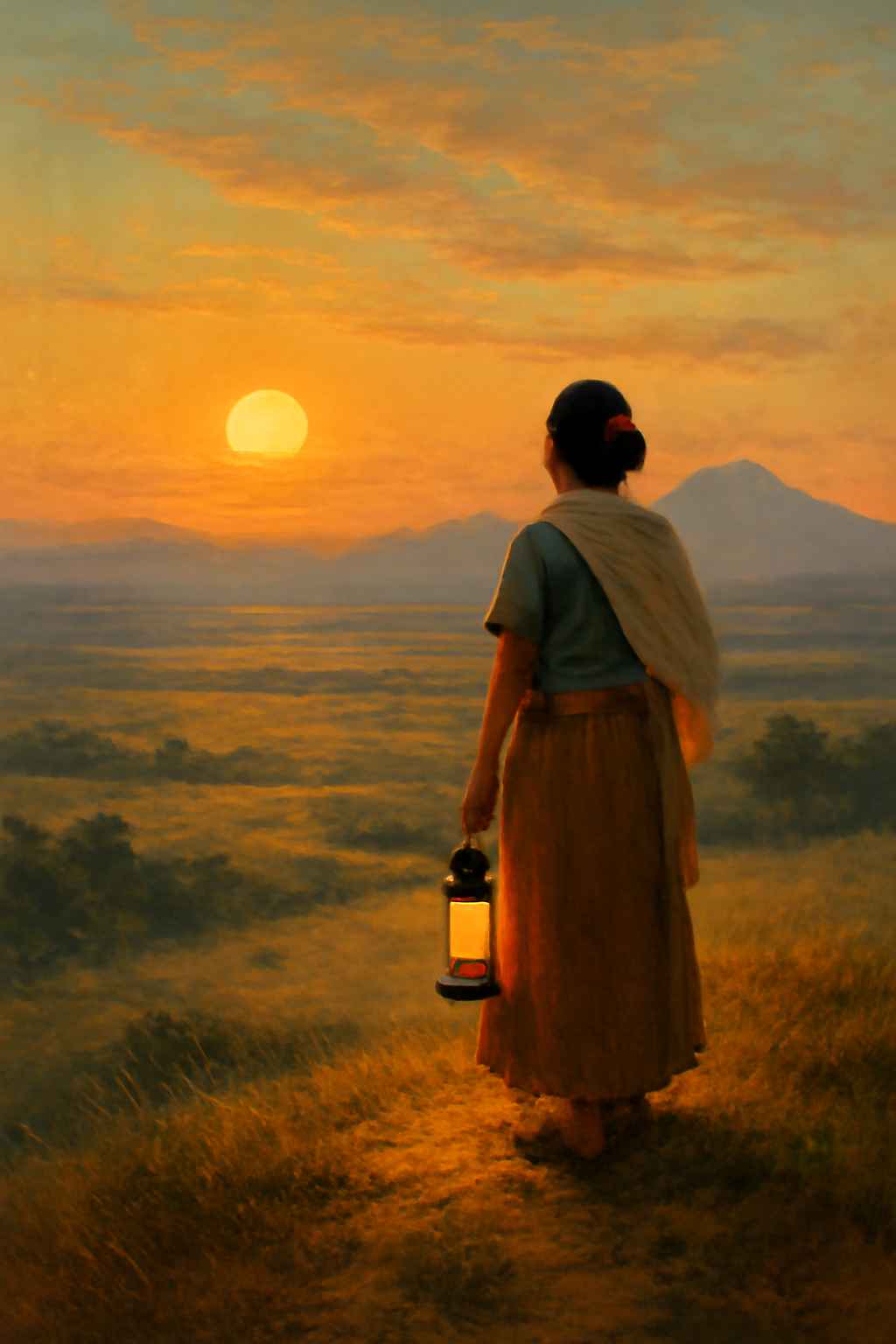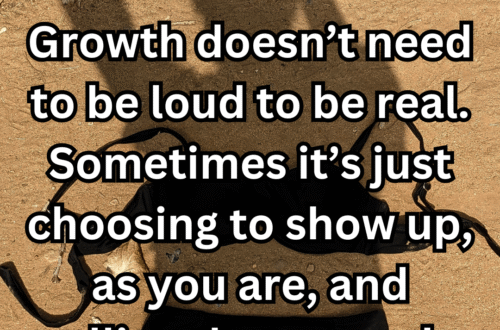In the 1990 film Dances with Wolves, adapted from Michael Blake’s novel, Lieutenant John Dunbar embarks on a transformative journey from a disillusioned soldier to a member of the Lakota Sioux tribe. His story isn’t just a tale of survival or adventure; it is an exploration of personal growth, empathy, and the complexities of identity—important lessons for anyone looking to understand their own path toward self-awareness and connection with others.
The Power of Empathy: Understanding Beyond the Surface
Dunbar’s initial experience with the Sioux tribe is rooted in misunderstanding and fear. The clash of cultures between him, a soldier of the U.S. Army, and the Lakota people is set up as a story of “us vs. them.” However, as Dunbar spends more time with the tribe, he starts to see the world through their eyes, shedding his former biases and embracing the humanity within them. This journey is transformative, not only for Dunbar but also for the viewers. Dances with Wolves teaches us that true empathy requires more than just surface-level understanding. It demands us to be open to new experiences, to listen, and, most importantly, to see the world from another’s perspective.
Personal Growth Lesson: As we navigate through our lives, the practice of empathy can be one of the most impactful ways to foster personal growth. Like Dunbar, we may find ourselves in situations where we are faced with the “other”—someone different from us in culture, lifestyle, or belief. Instead of quickly passing judgment or maintaining distance, we can learn to listen, observe, and approach these differences with curiosity and openness. The result? Richer relationships and a more nuanced understanding of the world around us.
Reclaiming Identity: Finding Belonging in New Spaces
Dunbar’s journey is also a reclamation of self. He starts out as a man searching for purpose—disillusioned by war and isolated from society. In the wilderness, with the Sioux, he finds not just a community but a new identity. He’s no longer just an officer in the Army, but a man who has found a new home and way of life that aligns with his personal values. His adoption into the tribe signifies a deep transformation, one that challenges the labels imposed on him by society. He becomes a man of integrity, grounded in his new identity as “Dances with Wolves.”
Personal Growth Lesson: Many of us struggle with our identities at some point—whether it’s trying to meet societal expectations, juggling different roles, or reconciling our inner selves with external pressures. Dunbar’s transformation teaches us that identity isn’t fixed; it’s fluid, and it can be reshaped when we find spaces that truly reflect who we are. Like Dunbar, we can embrace opportunities for reinvention, and sometimes, those opportunities may come from unexpected places. Personal growth involves shedding outdated labels and embracing a more authentic version of ourselves.
Solitude and Connection: Balancing Inner Peace with the World Around Us
One of the most poignant aspects of Dances with Wolves is the contrast between Dunbar’s initial loneliness and the profound connections he eventually builds with the Sioux. At the start, he is stationed alone, isolated from any human connection. This solitude gives him the space to reflect, to heal, and ultimately, to grow. His time alone is not wasted; it allows him to reconnect with his own thoughts, desires, and needs. But it is only through his eventual integration into the Sioux community that he fully discovers a sense of belonging.
Personal Growth Lesson: While human connection is vital for personal growth, solitude plays an equally important role. Sometimes, we need time alone to reflect, process, and find clarity. It’s in these moments of stillness that we often find our truest selves. However, like Dunbar, it’s not until we allow ourselves to connect with others, to truly see and be seen, that we fully experience the richness of life. Growth, then, comes from balancing moments of solitude with meaningful connection.
Embracing the Full Spectrum of Humanity
Lastly, Dances with Wolves offers a powerful message about the full spectrum of human experience. The film shows the complexity of both the Sioux and the American soldiers, portraying them as more than mere caricatures. By delving into the humanity of both sides, the film pushes us to reconsider our own assumptions and prejudices. In a world that often tries to simplify differences into right and wrong, the film reminds us that there is often much more beneath the surface.
Personal Growth Lesson: Personal growth often requires us to challenge the simplistic narratives we hold about others. When we stop labeling people as “good” or “bad,” we open ourselves to understanding the richness and complexity of human experience. Embracing this complexity can lead to deeper relationships and a more compassionate worldview.
Final Thoughts: A Journey of Continuous Growth
At its heart, Dances with Wolves is not just a story about the American frontier or the clash of cultures; it’s a narrative about the power of self-reflection, empathy, and the courage to embrace change. Dunbar’s journey shows us that personal growth is a continuous process—one that requires vulnerability, introspection, and an openness to new perspectives. By learning from his experience, we too can grow into more self-aware, compassionate individuals who understand the true value of connection, both with ourselves and with the world around us.
If you find yourself stuck, disillusioned, or unsure of your path, remember Dunbar’s journey. True growth often begins when we step out of our comfort zones and allow ourselves to see beyond the surface. Whether through moments of solitude or new relationships, each experience offers a chance to evolve, redefine our identity, and embrace the fullness of life’s complexities.
For more reflections on growth and self-awareness, explore rubygalvez.com for insights, lessons, and inspiration to guide your own personal journey.





